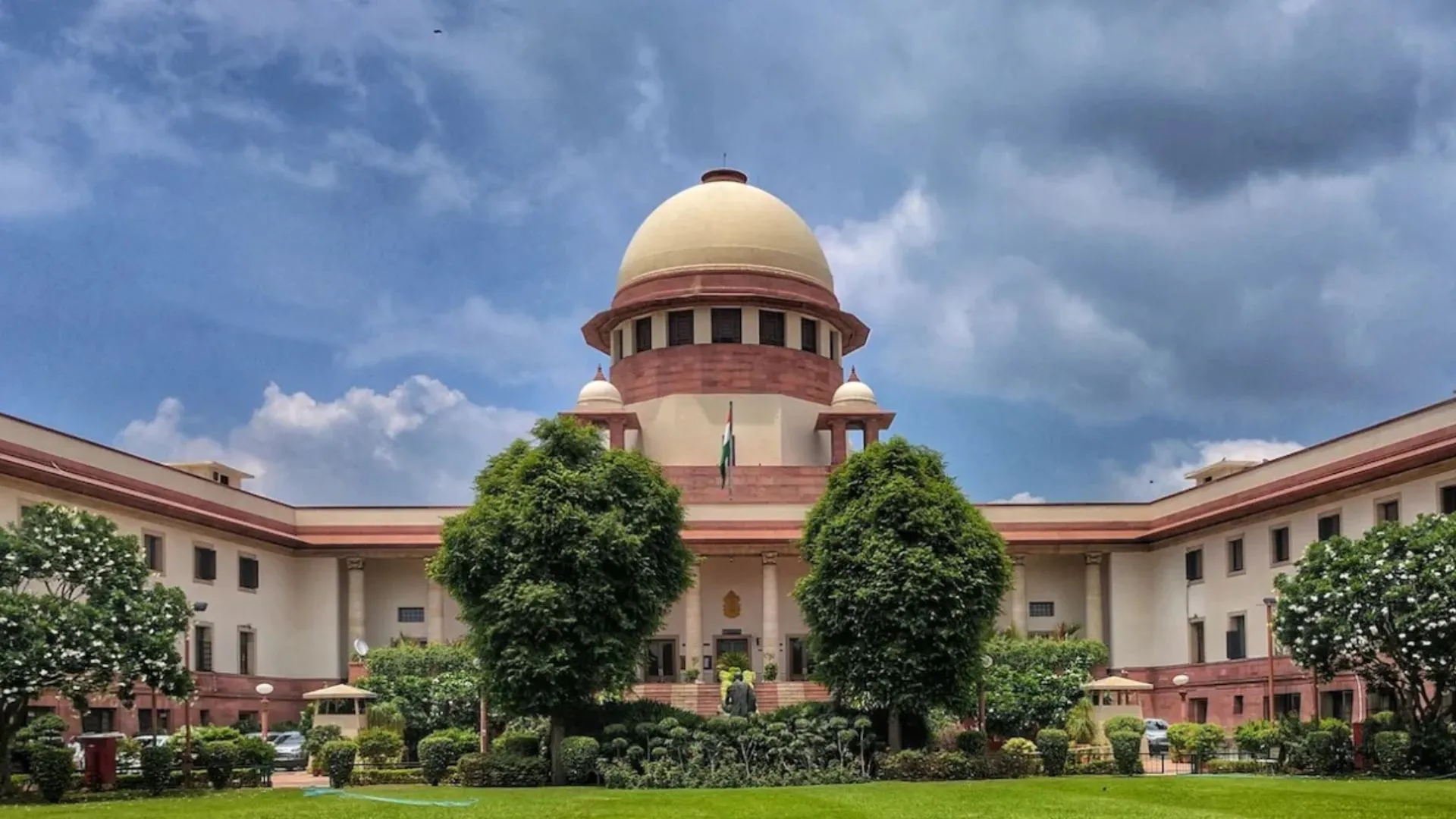July 26 marks the 25th anniversary of the official end of the Kargil War, a pivotal conflict between India and Pakistan that concluded with India’s victory and the recapture of all occupied posts. This day, known as Kargil Vijay Diwas, is a tribute to the bravery and sacrifices of Indian soldiers who faced unprecedented challenges to secure victory in one of the most rugged terrains.
The Kargil War: An Overview
The Kargil War began in May 1999 when Pakistani infiltrators crossed the Line of Control (LoC) and occupied high-altitude positions in Ladakh’s Kargil district. Initially suspected to be jihadis, the scale of the invasion soon revealed the involvement of Pakistani state forces. The Indian Army was alerted to the intrusions on May 3, and over the next two months, they engaged in intense battles to reclaim critical positions.
By July 26, Indian forces had successfully ousted all Pakistani troops from Kargil. The conflict resulted in significant casualties: 527 Indian soldiers lost their lives, 1,363 were wounded, and one prisoner of war, Flight Lieutenant K Nachiketa, was captured after his MiG-27 was shot down.
The High-Altitude Challenge
Kargil’s challenging geography played a crucial role in shaping the conflict. Situated approximately 200 km northeast of Srinagar and 230 km west of Leh, Kargil town stands at 2,676 meters (8,780 feet) above sea level. Dras is higher at 3,300 meters (10,800 feet), and the surrounding peaks reach altitudes between 4,800 meters (16,000 feet) and 5,500 meters (18,000 feet).
The harsh conditions posed severe physiological and operational challenges. As noted by M P Acosta in his dissertation “High Altitude Warfare: The Kargil Conflict and the Future” (2003), the high-altitude environment profoundly impacted the conduct of the war. Extreme cold, thin air, and rugged terrain tested the limits of both soldiers and equipment.
Cold, Thin Air, and Treacherous Terrain
One of the primary challenges was the severe cold. Winter temperatures in Kargil plummeted to -30 degrees Celsius, making the battlefield a frozen desert. Summer brought slightly milder conditions, but the frigid winds and barren landscape remained inhospitable. The extreme cold caused guns to jam and required soldiers to expend considerable energy just to stay warm.
The thin air at high altitudes resulted in reduced oxygen levels, leading to acute mountain sickness (AMS) among soldiers. Symptoms included headaches, nausea, appetite loss, and fatigue, which further impaired their effectiveness. The low air pressure also affected weapon accuracy and aircraft performance. Although the range of projectiles increased, their accuracy diminished, and aircraft engines produced less power, reducing rotor efficiency in helicopters.
Terrain posed another significant challenge. The mountainous landscape limited mobility, provided cover for the enemy, and constrained operational scope. Indian forces faced a disadvantage with Pakistani troops occupying elevated positions, giving them a strategic advantage.
Triumph Against the Odds
Despite these formidable obstacles, the Indian Army managed to secure victory. The initial phases of the war highlighted the lack of preparedness for high-altitude combat, revealing deficiencies in equipment and training. Many soldiers suffered from AMS, and logistical challenges were exacerbated by constant Pakistani shelling on crucial supply routes.
Adaptations were made as the conflict progressed. The Army implemented acclimatization and training programs, procured better cold-weather equipment, and refined techniques for high-altitude assaults. Instead of direct frontal attacks, smaller units executed maneuvers across steep terrain. Artillery, particularly the Bofors gun with its extended range, played a crucial role in providing overwhelming firepower.
“Most importantly, the Army coordinated overwhelming firepower with daring maneuvers. Massive artillery fire preceded all attacks,” Acosta wrote. Despite challenges in providing air cover, the Indian Army leveraged its artillery capabilities to offset the enemy’s advantage.

















